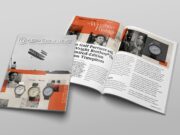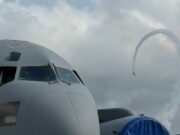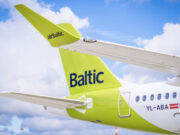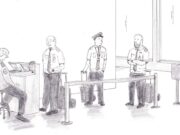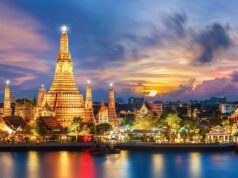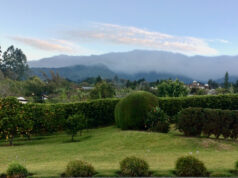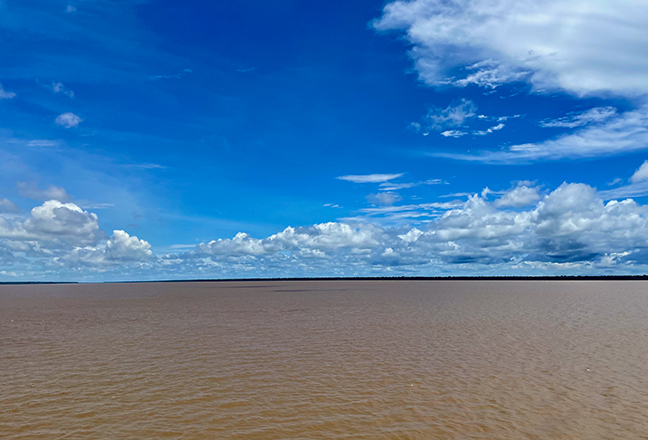
From the air, its vastness is evident, but on the surface the enormity overwhelms.
I grew up traveling because of my father’s work. He was a photogrammetric cartographer for the U.S. Government making maps and sharing the arts and skills of mapmaking with our allied governments of Central and South America. Our travels, inculcated with passion for the planet and all its inhabitants, shaped my love for exploration. The Amazon was on my bucket list long before the eponymous movie gave it a name.
In February and March 2023, I traveled the Amazon from its mouth to Manaus, about a thousand miles upriver. Lest you get the impression I was in the typical boat that moves up and down the river, I must first share that I did this in the comfort and luxury of a Viking Ocean ship. Since 2013, I have enjoyed at least one cruise a year with Viking and am now working on my second dozen. But this last cruise was particularly amazing, mostly because my expectations were speculative. I knew well the accommodations I would enjoy but what I would experience had little frame of reference.
This voyage began in San Juan, Puerto Rico when we embarked upon the same ship that had taken us from Rome to San Juan only eight weeks before. It was like coming to a familiar place with many familiar faces among the waiters, bartenders, sommeliers, entertainers, and officers. We did have a new captain and a new chef, both of whom added to our enjoyment – the captain for his daily dose of humor, and the chef for everything ingestible. We think of Viking ships as our vacation home. All the ocean ships have the same layout and décor which is so comfortably familiar after more than a dozen journeys. We spend zero time learning our way around which is a significant reason why we are so committed to Viking. The comparatively small number of passengers accommodated (930 maximum) is the most important reason, however.
After a few Caribbean Islands, we dropped anchor near Royal and Devil’s Islands of the movie Papilloninfamy. Roaming the prison ruins and learning about the ways the penal colony operated was both immeasurable interesting and creepy. The slaughterhouse was built on the edge of Royal Island facing Devil’s Island ensuring that sharks stayed nearby. Escape meant almost certain death by an unimaginable means. Of 70,000+ inmates, only about 5,000 left alive, only two of whom escaped successfully. The island’s cemetery was only for guards and their families. Inmates were buried “at sea” – delivered into the jaws of marauding sharks – the ocean guards. The jungle has overtaken much of the islands’ landscape, but the ruins well depict the conditions under which the colony existed until 1954.
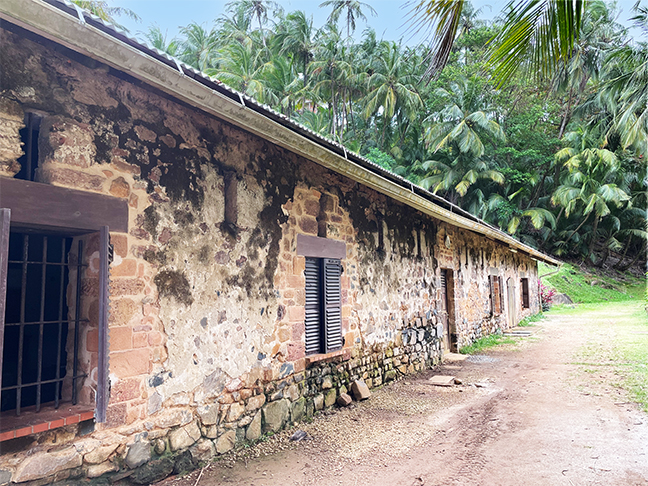
After a day at sea, we entered the mouth of the Amazon delineated only by the change from blue ocean to the Yoo-hoo-colored waters descending from the Andes. The mouth is so wide there is no way to see shore to shore until further upriver. Aside from the color, the most noticeable feature is the volume of flotsam. Huge logs and green “islands” of plant life pepper the surface of the river while their speed emphasizes the powerfully swift current.
After a few hours in the great river, the captain announced that we were crossing the equator. We reminisced about one day in Ecuador driving from Quito further north to Ibarra and how the curvy Andean road crossed the equator many times in just a few miles. Viking provided certificates to commemorate the event which I’m sure was a meaningful gesture for some. We spent that day cruising toward the small city of Macapá while small boats piloted by young men buzzed around to greet us. They even crossed in front of our big ship and made many of us gasp in fear for their safety. Boys will be boys the world around. We anchored in Macapá for the immigration process into Brazil. All ships are required to be cleared there before proceeding upriver. The river pilots and immigration officers joined us for the journey and when not working, they mingled with the guests. There were no disembarkations in Macapá.
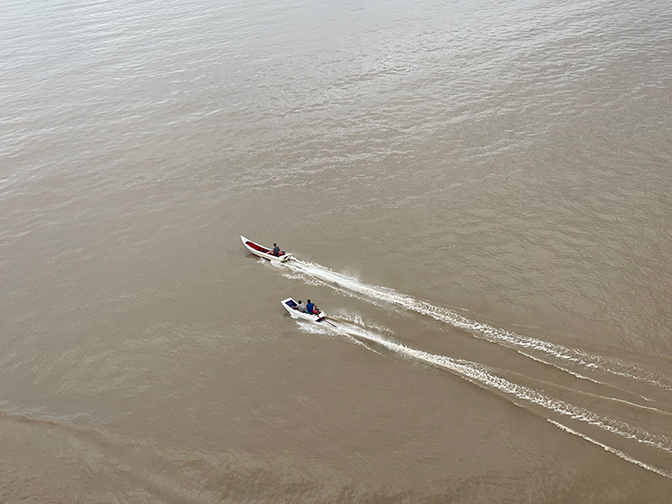
The following day we anchored near Santarem on the south shore at the confluence of the Tapajós and Amazon rivers. Because the water of the Tapajós is not colored with sediment and is at a different temperature than the Amazon water, there is a distinction for several kilometers down the Amazon making for an interesting visual phenomenon of a bi-colored river.
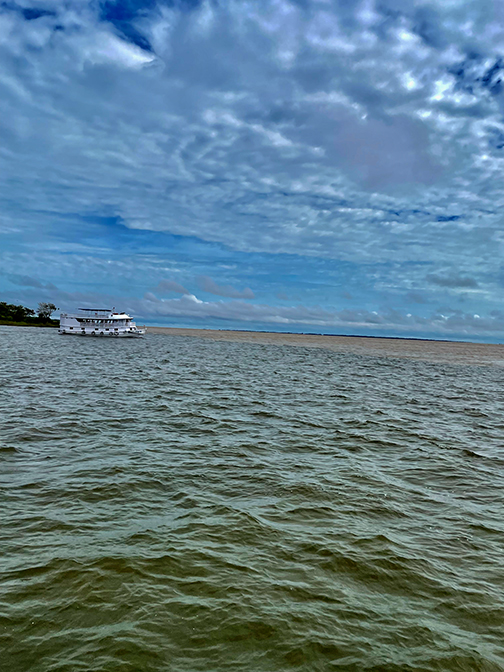
That morning, we left the ship and boarded small fishing boats for an expedition into Lago do Maicá (a part of the Amazon floodplain) to fish for piranha. Interestingly, among the sights were water buffalo. The species was imported into Brazil in the late 1800s to work the rubber plantations. Today, the Brazilian herd of water buffalo is greater than 1.4 million head that are chiefly used for meat and dairy. Our guide told us that they are so dependable that they never need to be corralled or tied. They don’t wander far and always return.
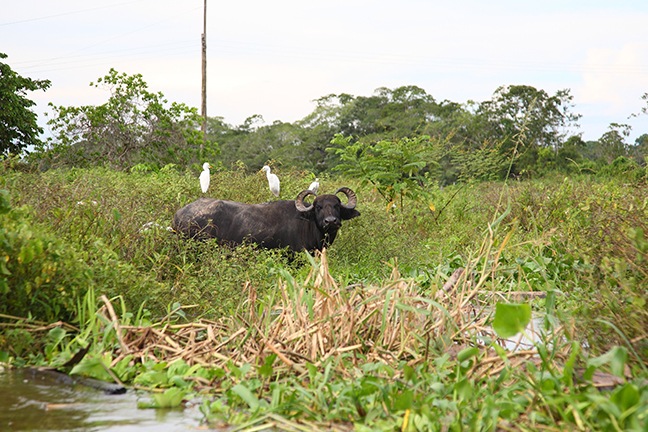
The piranha fishing was fun but not very productive. Because they nibble at the red-meat bait, it’s hard to set a hook. Only two were caught on our boat and both were returned to heal their lip wounds. Regardless, it was fabulous to be down on the water, to see the riverside farms and to be up close to the notorious fish.
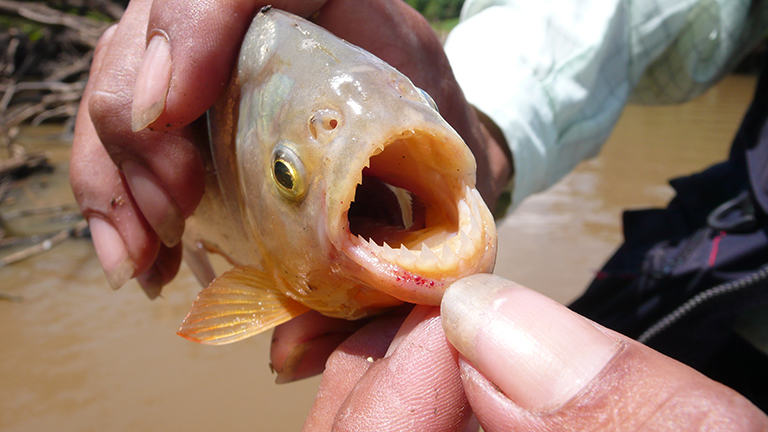
The return trip to the ship was a city tour from the Tapajós. As with all cities and villages along the Amazon, the river is the main transportation artery for Santarem, a small city of about 300,000. (There are no bridges over the Amazon.) Our guide did tell us that they now have a road that connects the border of the states of Mato Grosso and Pará with the port of Santarém which are about 1000 km apart. This paved road brings advantages in exporting the region’s enormous agricultural and livestock production through here rather than the Port of Santos, which is 2000 km from the area. (photo: LoveAmazonfourth and loveamazonthird. The third is a super zoom so it’s kind of blurry but if small it can work)

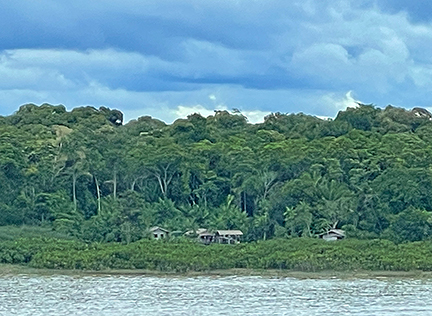
In part two, I’ll share more about our journey up the Amazon. Watch this space. I like to give special thanks to our regular contributor to Love Flying, Lia Ocampo, for allowing me to hijack her column for a couple of months.


